 In honor of Stupid Super Tuesday, here’s some political satire I wrote for Weekly World News in 2005. The more things change, the more they don’t, eh?
In honor of Stupid Super Tuesday, here’s some political satire I wrote for Weekly World News in 2005. The more things change, the more they don’t, eh?
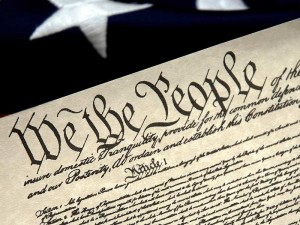 FOR SALE: ONE CONSTITUTION, SLIGHTLY USED (August 2005)
FOR SALE: ONE CONSTITUTION, SLIGHTLY USED (August 2005)
Washington, D.C. – Ever since its ratification on September 17, 1787 the Constitution of the United States of America has served as this nations’ blueprint for freedom.
Over the centuries, emerging nations have used this remarkable document as a literal blueprint for their own constitutions.
But one new nation has gone a step further. Instead of merely using America’s Constitution for inspiration and guidance in the drafting of one of their own, the Republic of Iraq has purchased the U.S. document outright.
“Lock, stock, and copyright,” affirmed Ibrahaim al-Jubburi, a lawyer for Iraq’s Ministry of Constitutional Concerns. “But we’re open to a licensing agreement so the U.S.A. can maintain its democratic ideals.”
“The boss kind of wanted to keep this one quiet,” Wayne Nugget, the Second Deputy Assistant to the Third Undersecretary of State admitted sheepishly. “The Secretary of State came up with the idea on the first day of a three-day meeting in Baghdad to discuss constitutional issues. He muttered something about having to spend two more days in ‘this hell-hole,’ then stood up and said, ‘Why don’t you just buy our Constitution? It’s worked pretty darned well for us,’ and then he caught the next plane home.”
Sharif al-Fahcokted, a member of Iraq’s 275-member Transitional National Assembly, said, “At first we thought he was kidding with us, you know? But when the Secretary didn’t come back after about fifteen, twenty minutes, we realized he wasn’t joking.”
His colleague in the Assembly, Mahdi Lazeei added, “Then we thought, well, what the heck? Their Constitution’s worked for them for almost 225 years, and we weren’t having any luck being able to come up with something of our own that all sides could agree on.”
“The price,” said Iraq’s Minister of Finance, Abdul Ot’thedouh, “was pretty reasonable, considering what we’re buying. And we did happen to have the six billion dollars in American currency on hand. In cash.”
Assemblyman al-Fahcokted hastened to add, “Of course, that price includes all the Amendments as well.”
“Look, I’m not telling tales out of the mosque when I say that things have been pretty messed up around here,” said Mahdi Lazeei. “We had the American governing commission, than the Iraqi Interim Government, now the Transitional National Assembly, and who the heck knows what’s next.
“So we spent a few dinars and bought a used Constitution to make things a little easier on ourselves. I mean, we don’t have running water or electricity, for crying out loud!”
“This is an outrage,” fumes Tom Paine, spokesman for Protect Our Constitution, Keep My American Republic Contained (P.O.C.K.M.A.R.C.). “The Constitution and the democratic ideals it outlines belongs to all Americans and can’t be bought or sold.”
“Guess again,” says U.S. Attorney General Alberto Gonzales. “There’s nothing in the Constitution that prohibits us from selling the Constitution. At least that what my staff tells me.”
Besides, the attorney general points out that should the administration push legislation through Congress strengthening the Patriot Acts, selling the Constitution to Iraq won’t really have an impact on American life. “I mean,” said Mr. Gonzales, “it’s not like we’re really been using it all that much these days, anyway.”
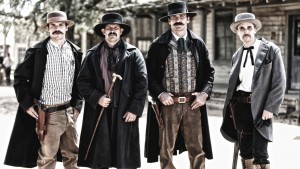 REINCARNATED GUNSLINGERS PATROLLING AMERICA’S BORDERS (2005)
REINCARNATED GUNSLINGERS PATROLLING AMERICA’S BORDERS (2005)
Wyatt, Arizona—The Old West ain’t what it used to be. It’s moved south – south to the border, to be exact—where, on a typical night outside this sleepy little desert town dozens of illegal immigrants try to slip across the border from Mexico.
“It was out of control,” said Sgt. Mickey Carlin of the Arizona Border Guard. “We tried everything from razor wire to helicopter patrols and nothing worked. We even hired a guy who played the ‘Hat Dance’ on a pipe, said he could lure them back to their homes. Nothing worked.”
Until now.
The ground shakes under the thundering hoofs of a dozen horses. Wild shouts fill the night and, six-guns blazing, a posse of riders charge from the darkness to drive the invading horde back to their native land. It’s the U.S. Citizenship and Immigration Services deploying their newest weapon against illegal immigrants: reincarnated gunslingers from the days of the Old West.
“Yup, it’s true,” proudly said Buzz ‘Wild Bill’ Hooligan, Special Agent In Charge of the Southwest Region for the U.S. Citizenship and Immigration Services. “We call it the Border United States Hindrance program.” Hooligan wouldn’t tell Weekly World News who authorized the B.U.S.H. operation. “All I can say is it came from the very highest levels of government.
“Our attitude is, when the law don’t work you got to go outside the law,” Hooligan says. “As in ‘out’ law. Ever since January of 2005 we’ve had a posse of genuine, reincarnated Old West outlaws ridin’ the 1400 miles of border between the U.S. of A. and Mexico
“We got Billy the Kid, Jesse and Frank James, the Clanton gang from the OK Corral, the Cole Brothers, Butch Cassidy and the Sundance Kid, all workin’ to keep out illegals. And ya can’t argue with the results. Their first week in the saddle, illegal immigration fell a whoppin’ 62%.”
Dr. Sy Khosis, chief of the U.S.C.I.S., said the posse was an outgrowth of stem cell research.
“We discovered that stem cells were great for creating clones,” Dr. Khosis told us. “The government boys were okay with using them as long as we made gunslingers instead of fussing around with Alzheimer’s or something.”
Upon learning that stem-cell cloning works, B.U.S.H. scientists went to burial sites to find suitable genetic material.
“Fortunately, our nation celebrates crazy men with guns,” Dr. Khosis said. “Their graves are tourist attractions and were very easy to find.”
Ranger Bull rode briefly with one of the first ‘ modern day Wild Bunches, lead by Old West legend Billy the Kid. She still laughs at the good times they shared during her 24-hour ride-along. “You should’ve seen the faces on them border-jumpers when we came ridin’ full gallop. I’’ll bet they ain’t stopped runnin’.”
“What a load of malarkay,” says Wyatt Free Thinker-Picayune reporter Ivan Shersin, who has been following this story since it began. “Everything was a rousing success for the first six months. Then B.U.S.H. lost control of the cowboys,” Shersin continued. “They went rogue, setting up their own organization. These boys pretty much own the border lands now, controlling everything from illegal immigration to drugs and smuggling.” The reporter shook his head sadly. “What were they thinking, giving criminals and opportunists high-tech surveillance equipment, guns, and power? Personally, I think this whole plan could have been a bit better thought out.”
Neither the U.S.C.I.S. or the Texas Rangers would respond to the Free Thinker-Picayune’s allegations, but the World Weekly News has learned from an anonymous source in B.U.S.H, “We’re deep in a recovery situation, cloning the Earp brothers and Wild Bill Hickok to restore order to the program. It’s vital for your readers to remember that all armed conflicts have their ups and downs. What’s important is the big picture –stopping bad guys, even the ones we accidentally create ourselves.”
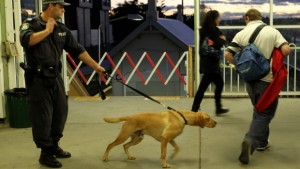 GOP UNVEILS LIBERAL-SNIFFING DOGS (April 2005)
GOP UNVEILS LIBERAL-SNIFFING DOGS (April 2005)
Silver Springs, Maryland – The Republican Party is going to the dogs. And they’re proud of it! The GOP announced last week that scientists at the Newt Gingrich Institute, a conservative scientific think tank in suburban Maryland, has successfully trained dogs to sniff out liberals wherever they might hide.
“After years of research we discovered that liberals have a scent unique to their political persuasion,” said Conservative Psychologist Dr. Silo Barksley, D.V.M. “It’s the most important political breakthrough since the wiretap.”
Republican political operative Roseanne ‘Ro’ Virginia Waid was one of the first conservatives to applaud the Gingrich Institute’s achievement.
“We’ve been needing something like ‘The Checkers Project’ for the longest time,” Waid said. “Ever since 2000, when we started staging Republican campaign events that were closed to anyone who didn’t agree with us, liberals have had this annoying habit of sneaking into our rallies and town meetings and asking questions our candidates either couldn’t or didn’t want to answer. Frankly, such unscripted spontaneity was making our guys look incompetent.”
“There’s a problem with liberals that goes beyond their political ignorance,” said Republican National Committee spokesman Whit Bread, “Dress them up in nice clothes and cut their hair and you can’t tell what they believe just from their appearance.”
According to Dr. Barksley, however, liberals will no longer be able to fool conservative door-watchers with a simple disguise. “We conducted a detailed analysis of the problem starting with a simple premise: if you can’t see a difference, can you smell one? After all, you used to be able to smell Hippies. Assuming the answer was ‘yes’ we wondered, ‘What would a lefty smell like to a dog?’ Since canines have a sense of smell many thousand times more sensitive than humans we searched for, and found, a scent that set liberals apart.”
Dr. Barksley’’s research assistant, Selma Alabama, was in charge of analyzing the liberal smell. “Many ingredients go into the smell of liberalism. Some of it is easy to document, such as bargain-brand herbal shampoos, baby powder, compost, and Snapple tea. Others, however, were tougher to recreate, especially the odor of recycling centers.”
Major Danny “Bulldog” Domo, a retired U.S. military canine handler runs the Republican dog training program. “For some reason, those little prissy dogs like Shitsus, Pomeranians, and Lhasa Apsos are best for this work,” said Major Domo. “Guess it takes a yippy dog to know a yippy-liberal, you know what I mean? Anyway, trainers are sprayed with ‘the odor of sanctity,’ as I like to call it, and the dogs are taught to sniff them out.”
So far, ‘Ro’ V. Waid is wildly enthusiastic with the results of the program. “We held a town meeting in Boston last month. You know, Massachusetts is just crawling with liberals. Thanks to our liberal-sniffing dogs we were able to weed out dozens of lefties who tried sneaking in right at the door.”
Whit Bread agrees, saying, “That was probably the first totally liberal-free town meeting we ever held. In fact, we even managed to cull several left-leaning Republicans from the herd before they could make trouble. I’d venture to say there wasn’t a single dissenting voice or original thought in the whole place. It made me proud to be a Republican.” The Republican leadership is considering expanding the program. A spokesperson for Representative Tom DeLay (R-Texas), the party’s main attack dog, said, “Considering the partisan battles we expect to wage in the coming months over such issues as Social Security and Medicaid reform, imagine how helpful it would be to nip Democratic opposition in the butt – if you’ll forgive my bon mot.”
“My only concern is that the dogs will go for Ted Kennedy first,” Bread adds. “Chomping on him will keep our entire canine corps busy for days.” He paused. “Maybe even weeks.”
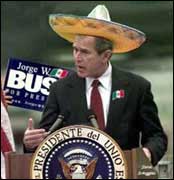 “EL PRESIDENTE” BUSH (September 2005)
“EL PRESIDENTE” BUSH (September 2005)
Washington, D.C.—All the experts agree that it’s never too early to begin planning for your retirement. And with the end of his second term a little more than three years away, President George W. Bush is no exception.
Most ex-presidents spend their post-White House years writing their memoirs and books on politics and policy (or, in the case of Gerald R. Ford, playing golf), living out their years as respected elder statesmen or dying shortly after leaving office.
A few ex-presidents have remained active in politics and the law, including sixth president John Quincy Adams (the only other child of a president to also be elected to the highest office in the land) who served for 18 years in the U.S. House of Representatives after his single term in office. Likewise, 27th president William Howard Taft, was appointed a justice of the Supreme Court after his term.
Weekly World News has learned that President Bush intends to follow the path of the second group by remaining in the political forum.
Just not in the United States.
Instead, a confidential source in the Bush White House has revealed, advisors have put together a plan that will allow the current U.S. president to run for the office of president of the Republic of Mexico after he leaves office in January of 2009.
“It’s not going to be easy,” the Weekly World News source admits. “According to Article 82 of the Mexican constitution, a candidate must be a ‘Mexican citizen by birth, in the full enjoyment of his rights,’ so right there we run into a problem, seeing as how the president was born in New Haven, Connecticut.”
“We thought about getting Mexico to change its constitution,” reveals Boyd Brayne, a constitutional attorney working with the Bush for Mexico 2010 campaign. “But that would have taken too long and cost more money than even the corporate oil lobby was willing to shell out to make this happen. So, instead we hit on the idea of making Connecticut a part of Mexico, retroactive to 1946, the year he was born, which would automatically make the president a Mexican citizen.”
The Bush-Mexico committee has encountered a surprising lack of resistance to their radical plan. The Republican controlled Congress has vowed to push this plan through both Houses. “And,” adds Senator majority leader Bill Frist of Tennessee with a twinkle in his eye, “we’re only one more Republican nomination to the Supreme Court away from guaranteeing the annexation of Connecticut to Mexico is ‘constitutional.’”
“All things considered, it’s not that big a deal,” said House Speaker Dennis Hastert (R-Illinois) . “I mean, it’s a tiny little state. Only Delaware and Rhode Island are smaller. And then we can finally make Puerto Rico a state. That way we won’t have the extra hassle of having to change all the flags to 49 stars. Plus, it prevents Joe Lieberman from ever running for president again.”
Mexico Senator Manual Trepa, who is spearheading the Bush effort south of the border, said in an interview aboard his new $1.3 luxury yacht, “We in Mexico would welcome Connecticut into the confederacy of Mexican states. I understand it ranks numero uno in personal wealth. That should come in handy.”
When asked about his plans for a run for the Mexican presidency, President Bush would only say, “No commentario.”
Reports that Karl Rove and Dick Cheney have begun taking Spanish lessons have yet to be confirmed.
 BIG RATINGS FOR THE HOME LOBBYING NETWORK (October 2005)
BIG RATINGS FOR THE HOME LOBBYING NETWORK (October 2005)
Washington, D.C. – When you want to buy the latest line of Joan Rivers jewelry or the complete Heroes of NASCAR Autographed Collectible Card Set from the comfort of your Barcalounger, you tune in to one of many home shopping networks.
When you want to watch the behind-the-scenes minutia of the democratic process, you flip over to C-PANT (Cable Public Affair Network Television).
When you want to buy political influence, you turn to one of the many political lobbying groups in Washington, D.C.
But what about those who want to buy political influence from the comfort of their own Barcalounger?
Those are the ones who should check their local listings for the merger of these two cable-TV staples into PS-PANT (Political Shopping Public Affairs Network Television).
Cable TV mogul Hubert Morlock announced PS-PANT at a press conference held in the Capitol rotunda. “I became an American citizen as much for my love of democracy as for tax purposes,” the Australian born Morlock told reporters. “PS-PANT makes paid political influence available right on your TV and gives everyone access to affordable democracy.”
PS-PANT will continue to air its usual fare of Senate and House sessions, speeches, and call-in talk shows…but in a box inset in the lower right hand corner of the screen. The rest of the screen will show the new political influence sales programming.
“Don’t get the wrong idea,” said programming director Brian “Red” DuMont. “PS-PANT will sell a lot of different stuff. Collectibles. Memorabilia. Political art. And, yes, political influence.”
Hugh Smiley is host of Influence Peddlers, the nightly four-hour prime-time program featuring genuine Washington lobbyists offering their services for sale to the home viewer.
“It works just like any other home shopping channel,” Mr. Smiley said. “We present the product—in this case, the lobbyists who know who to go to in order to get things done in Washington—and you call in to buy it.
“For example, you might have a problem with, say, the high price of milk. So you’d call in when we have on a dairy industry lobbyist and hire him to lobby on your behalf to get higher subsidies for dairy farmers, thus keeping down the cost of milk.
“However, if you’re against increased subsidies, we’ll also feature lobbyists you can hire to work against them. We’ll have lobbyists on for every budget and political belief, as well as special local programming to help you buy influence in your area.”
Influence Peddling is just one of three daily four-hour political influence shopping shows on PS-PANT. “As much as we’re about political influence peddling for the masses, we haven’t forgotten the heavy rollers,” chuckled Mr. Smiley. “Every night at midnight, we bring out the big guns. I’m talking big oil, big steel, the high-end tech companies, pharmaceuticals and the like. You’re gonna need your gold card to buy into this club, my friend.”
“We’re revolutionizing politics and TV,” Hubert Morlock said when he announced PS-PANT to the nation. “It’s our hope that before too long, you won’t be able to tell the difference between the two.”
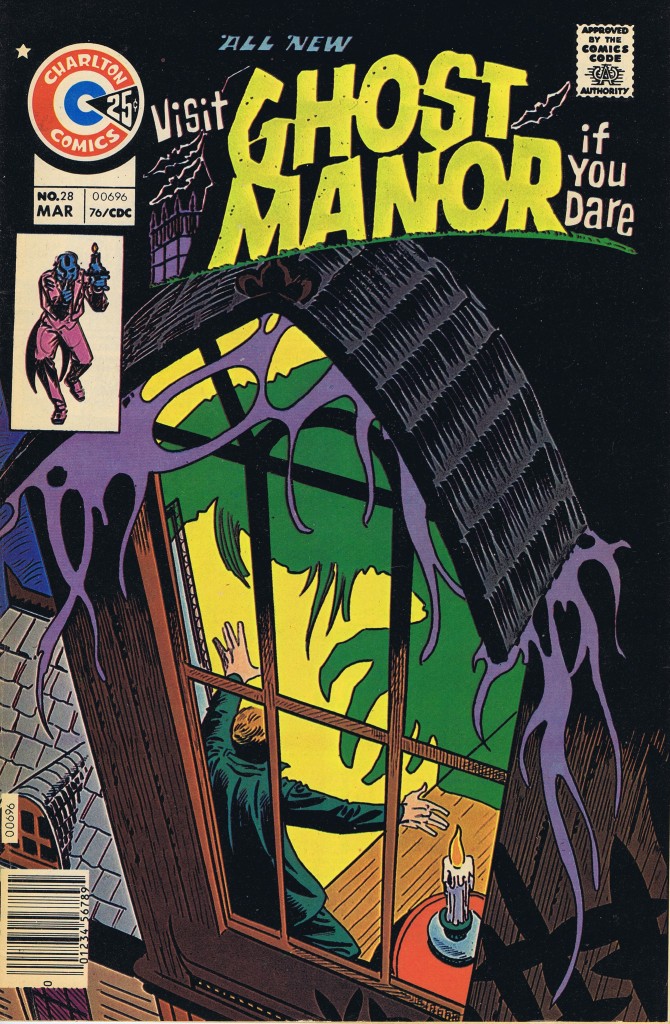
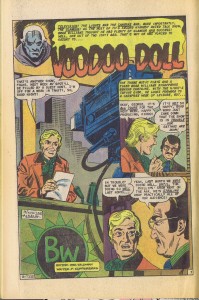
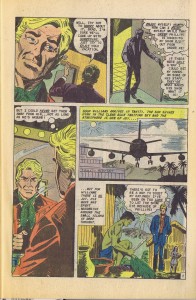
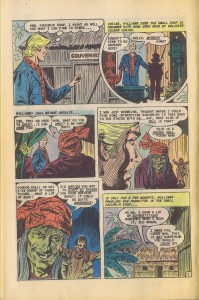
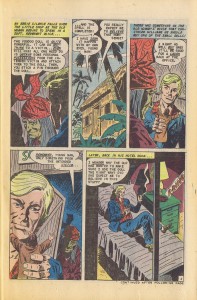
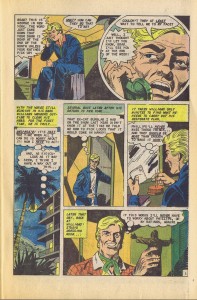
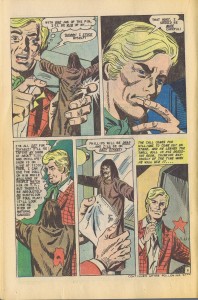
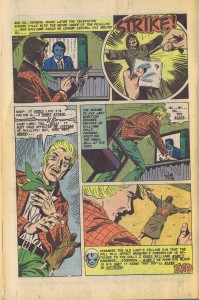
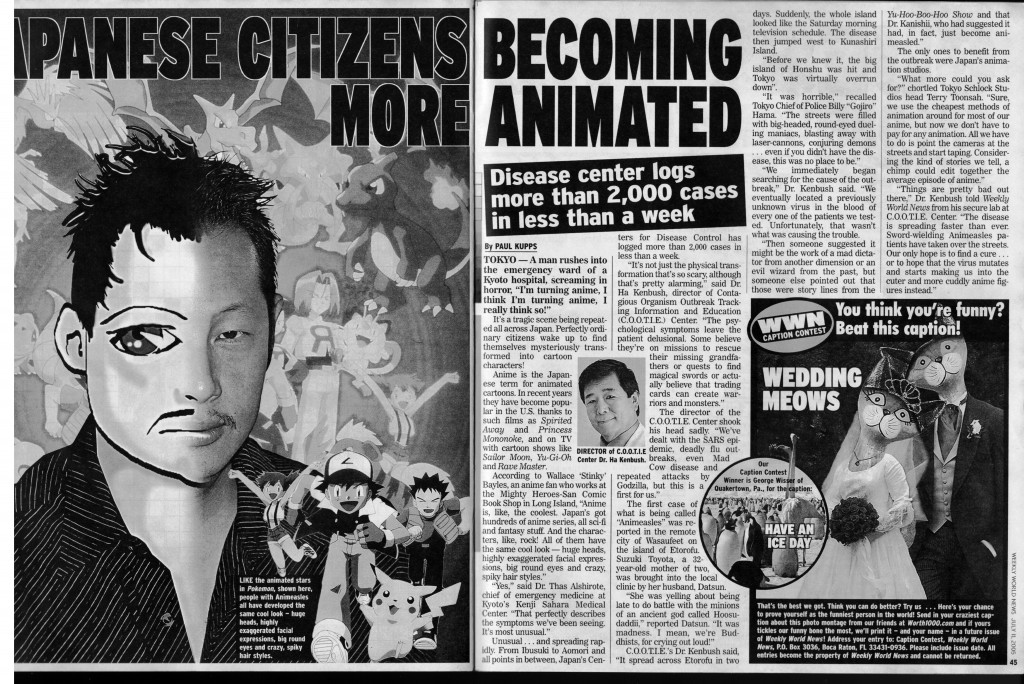

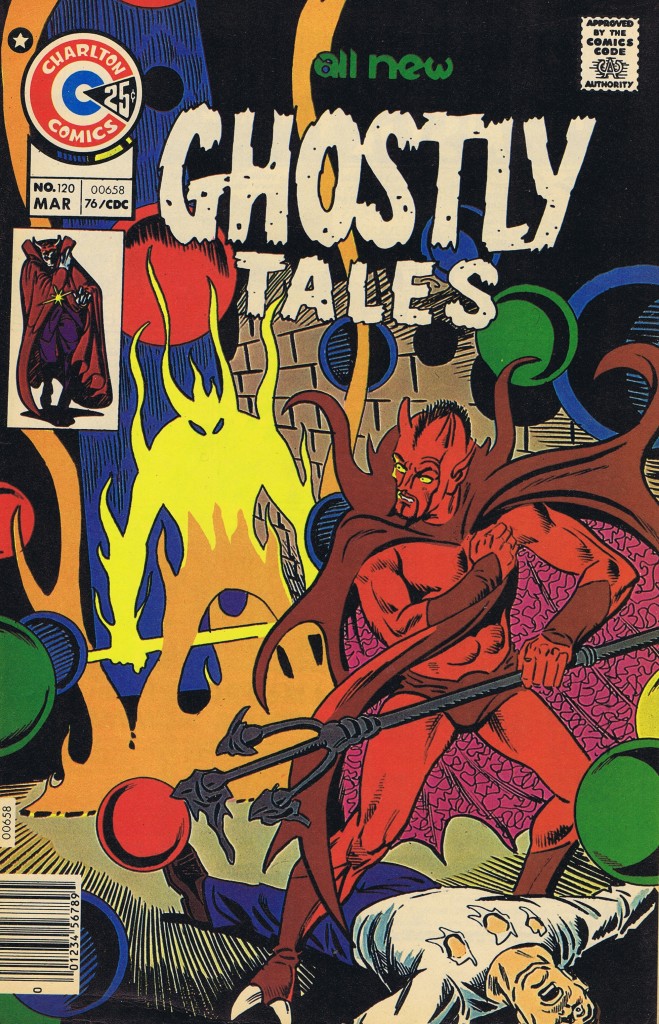
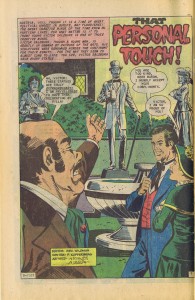
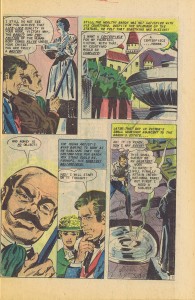
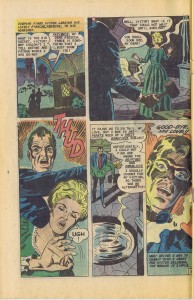
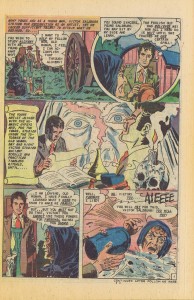
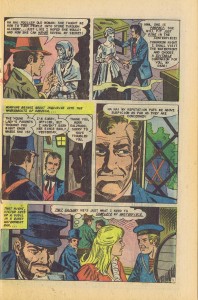
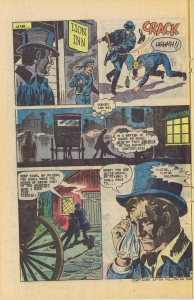
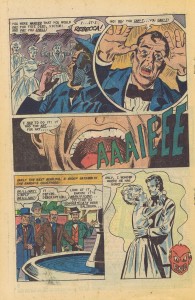






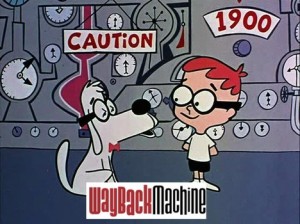
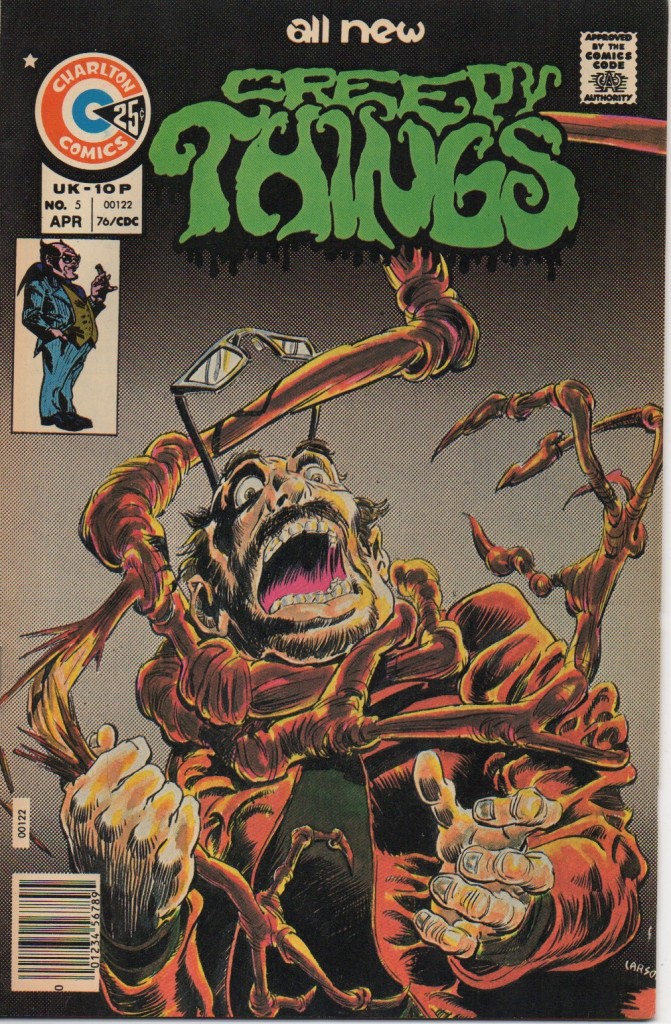
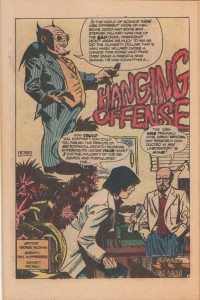
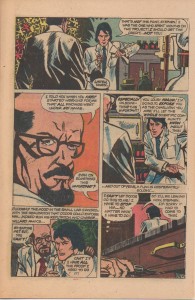
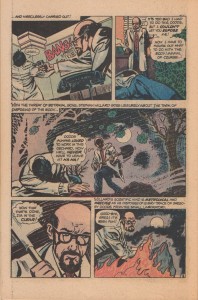
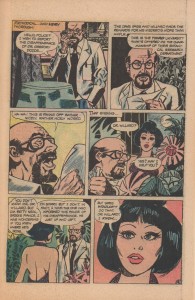
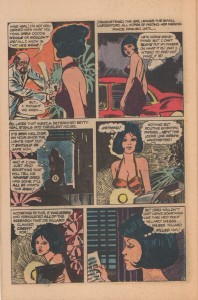
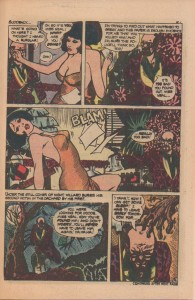
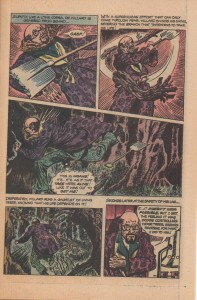
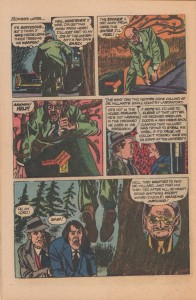
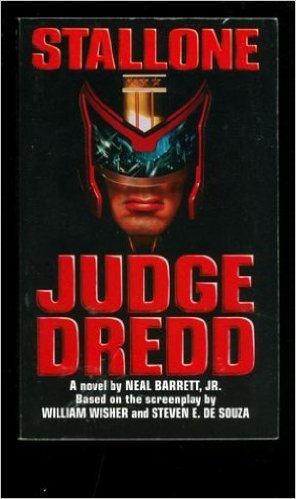
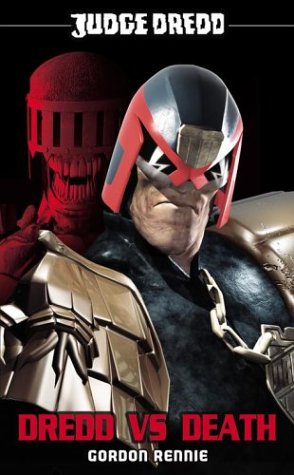
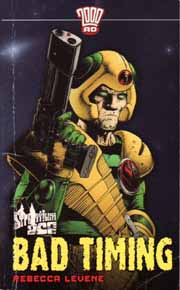
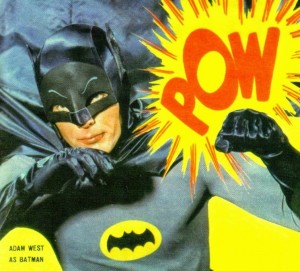
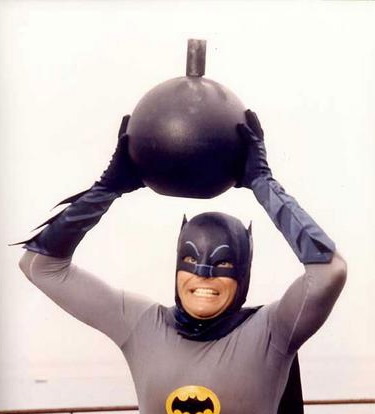
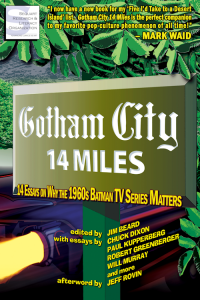
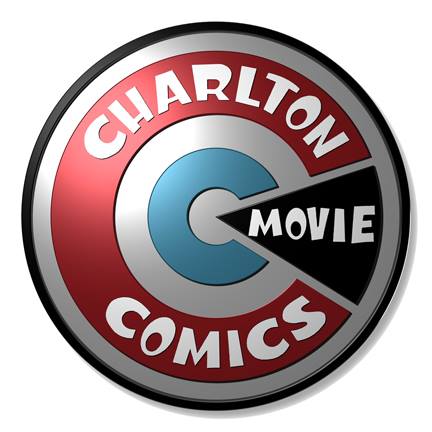
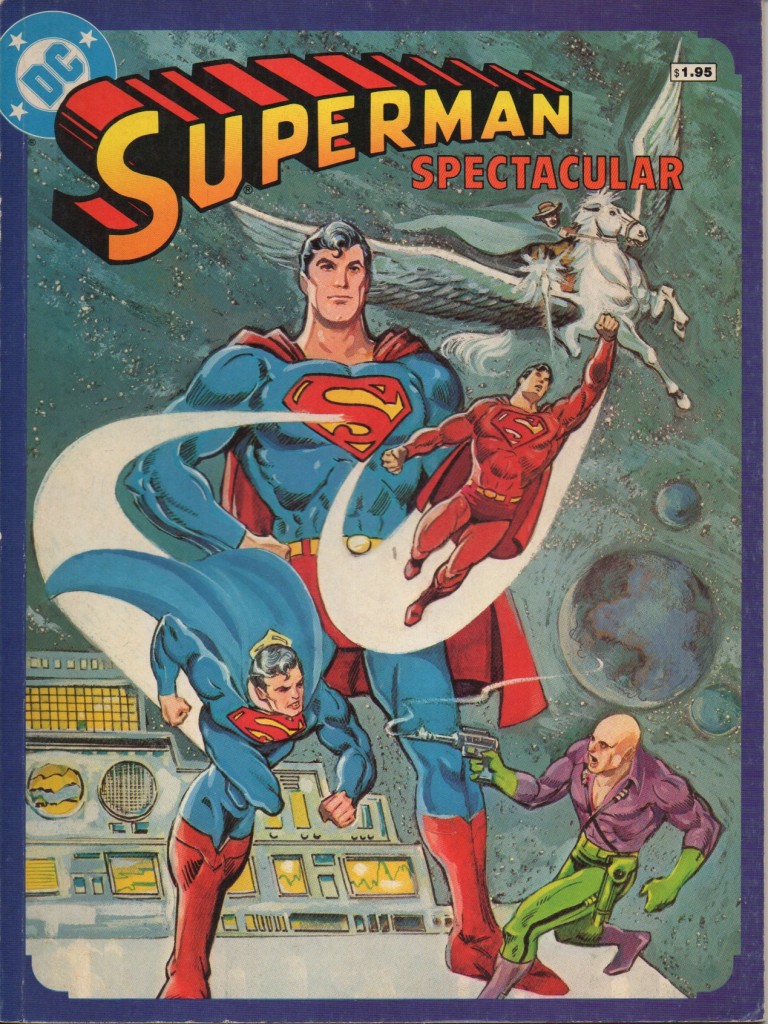
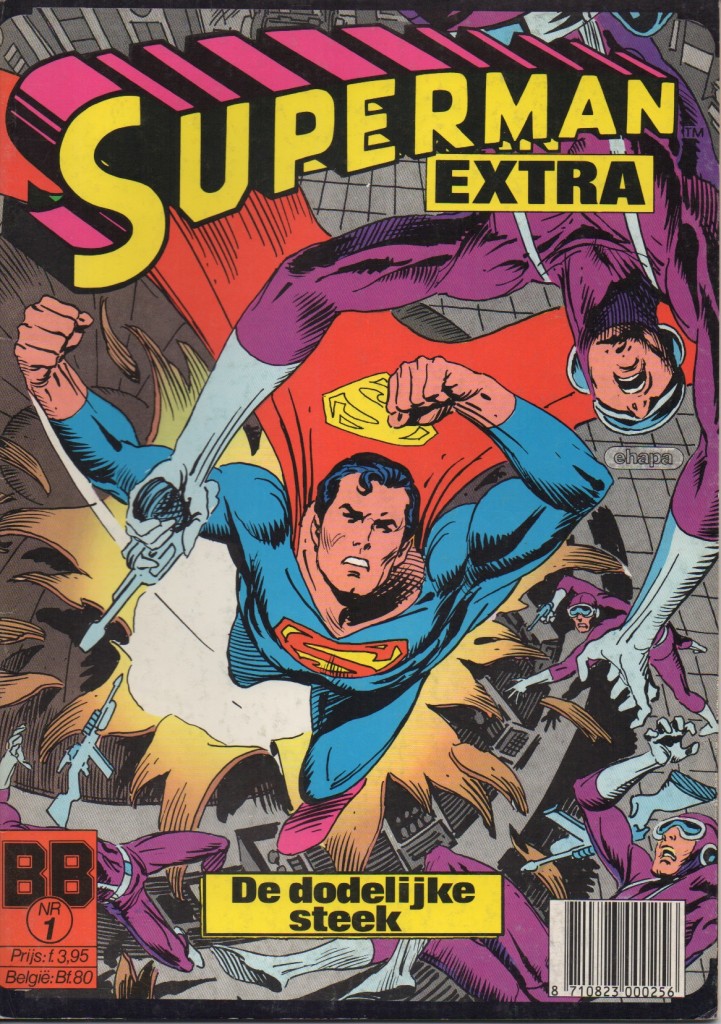
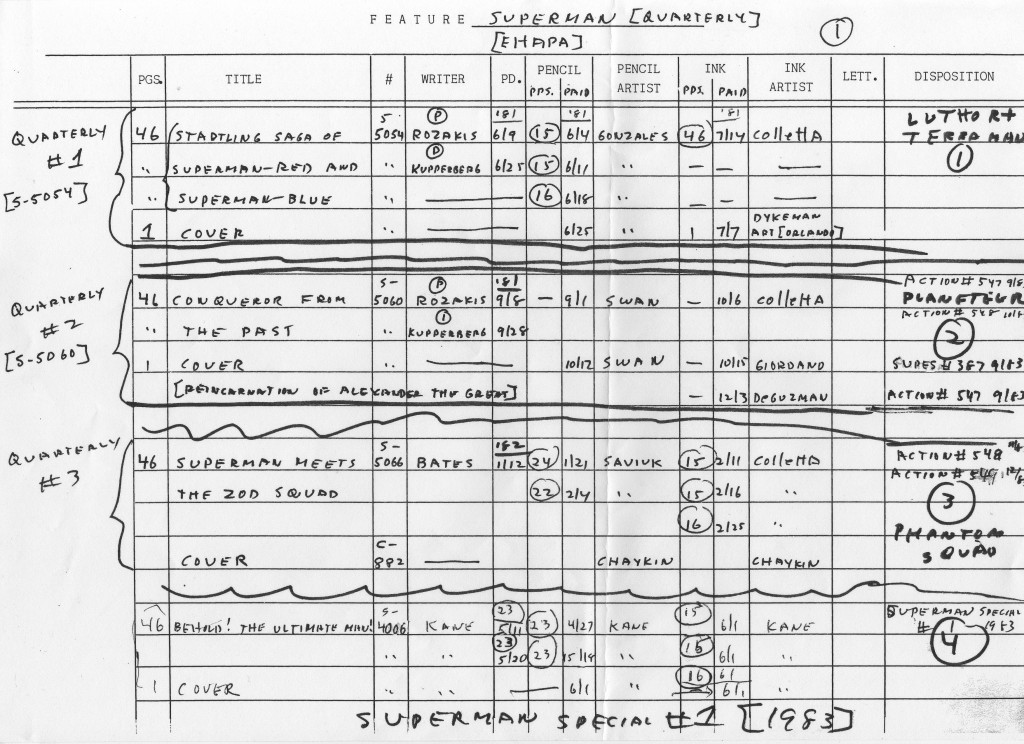
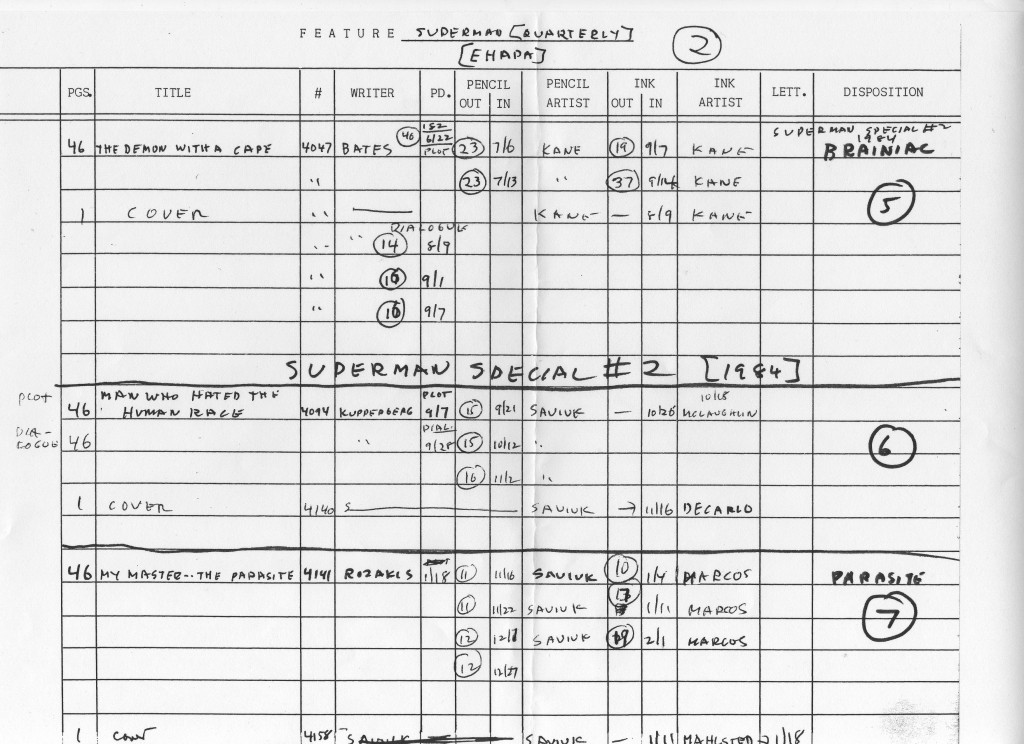
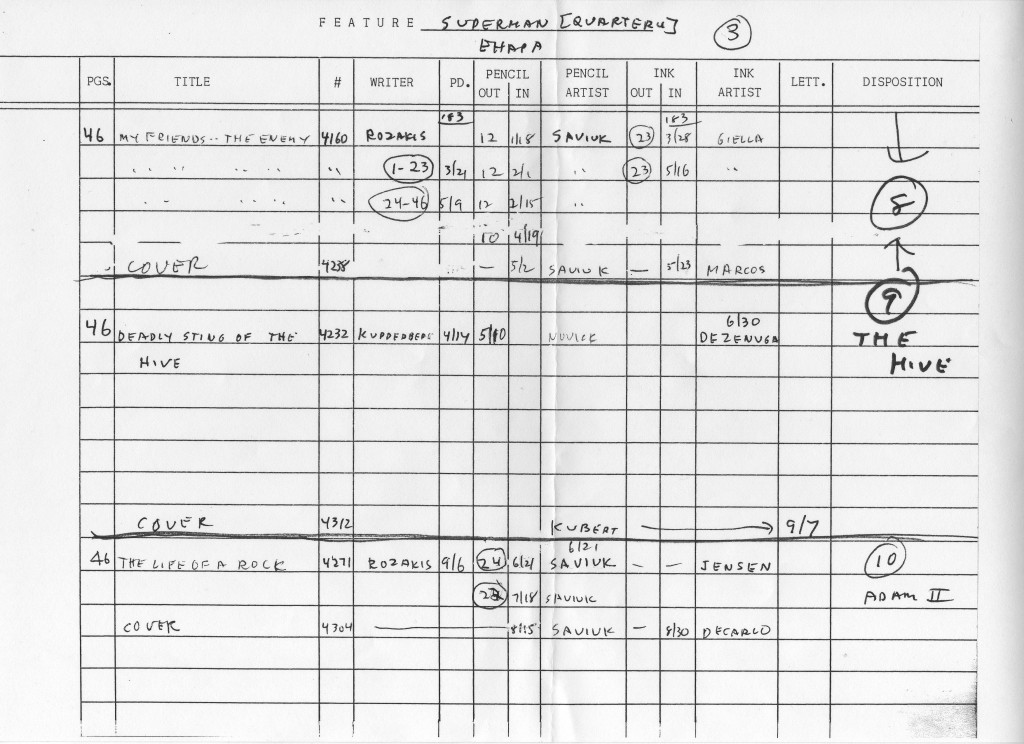
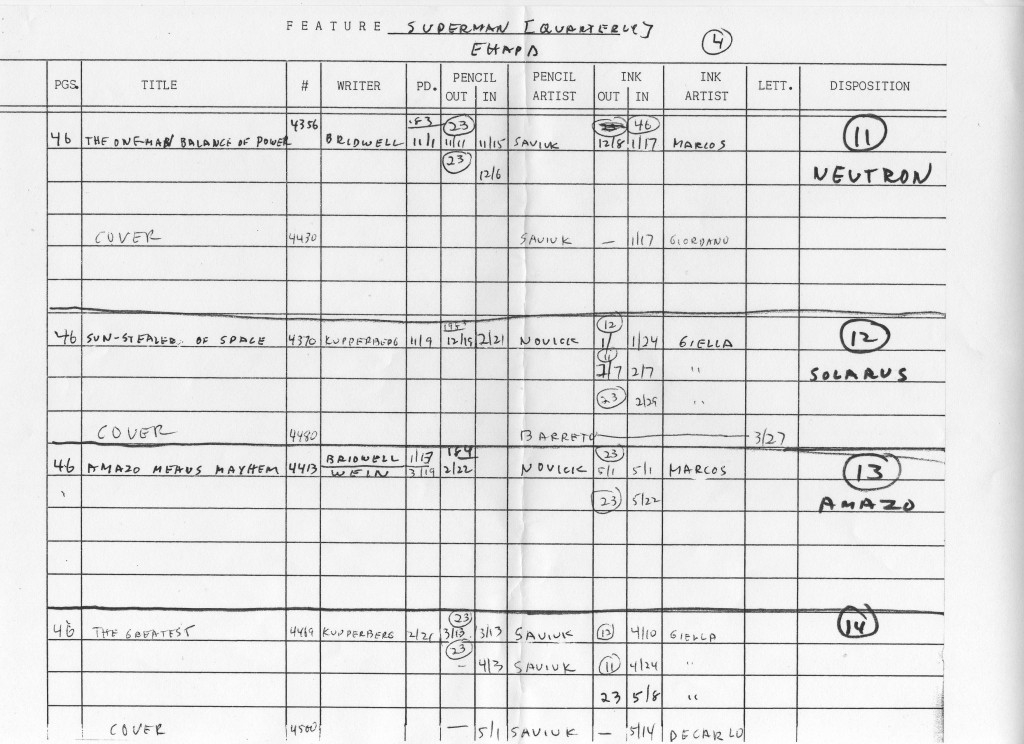
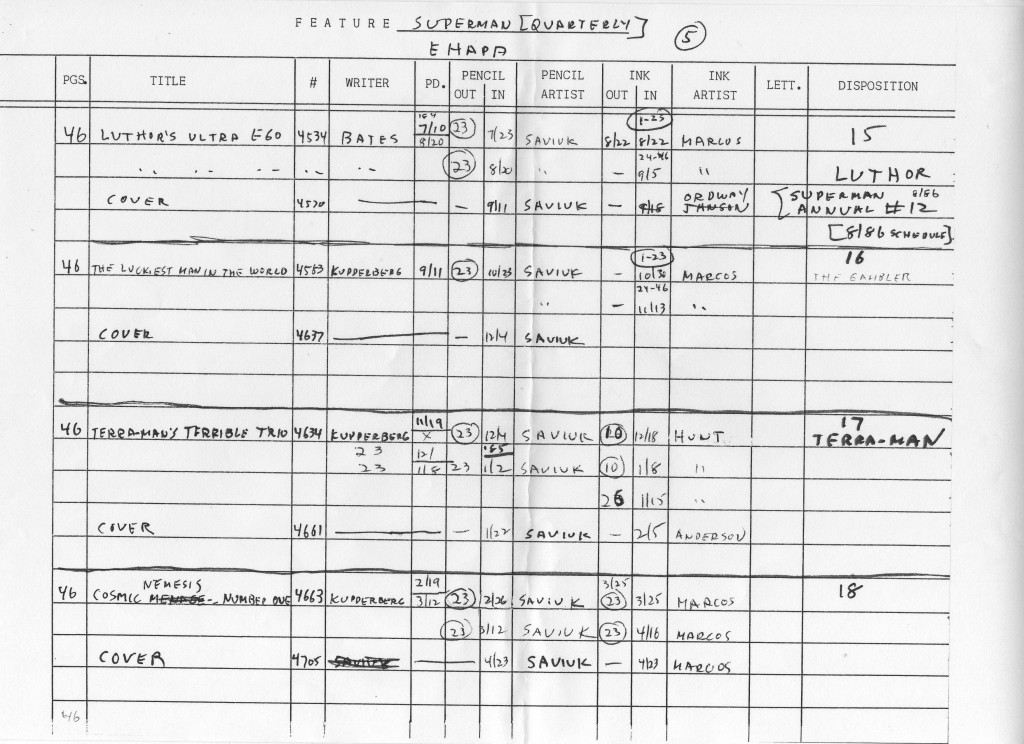
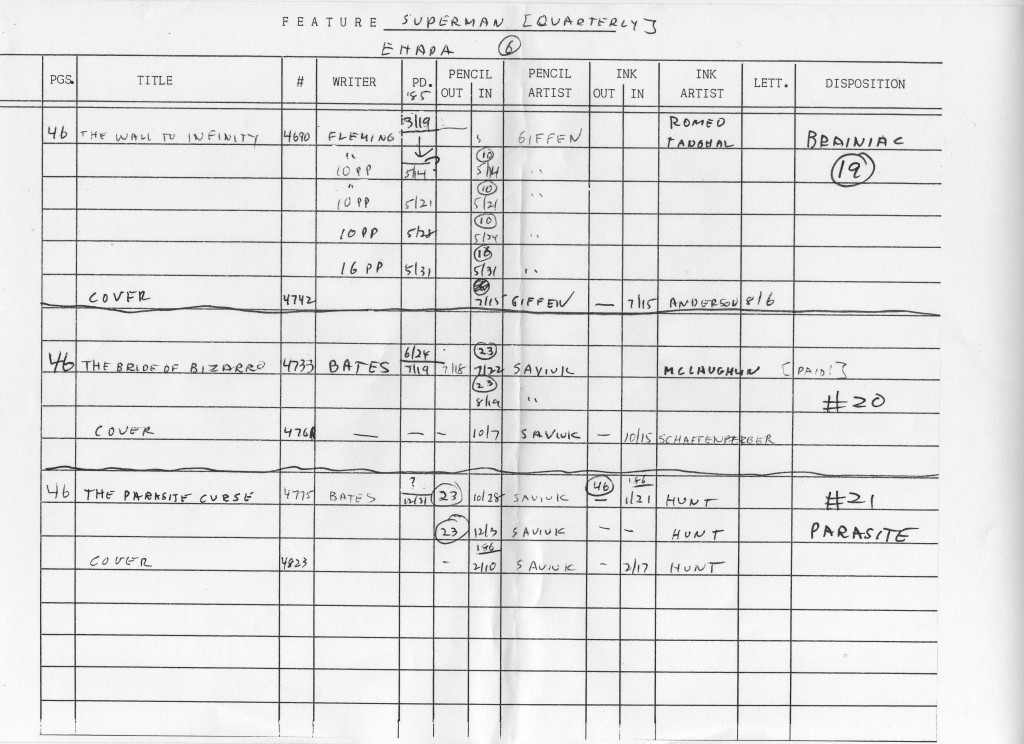
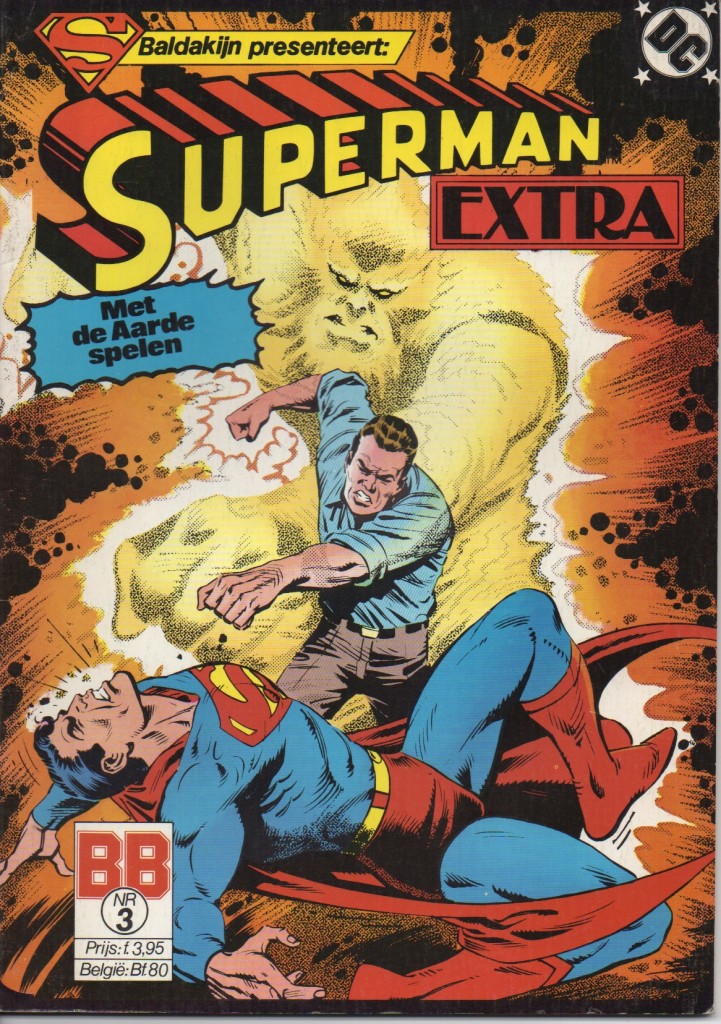

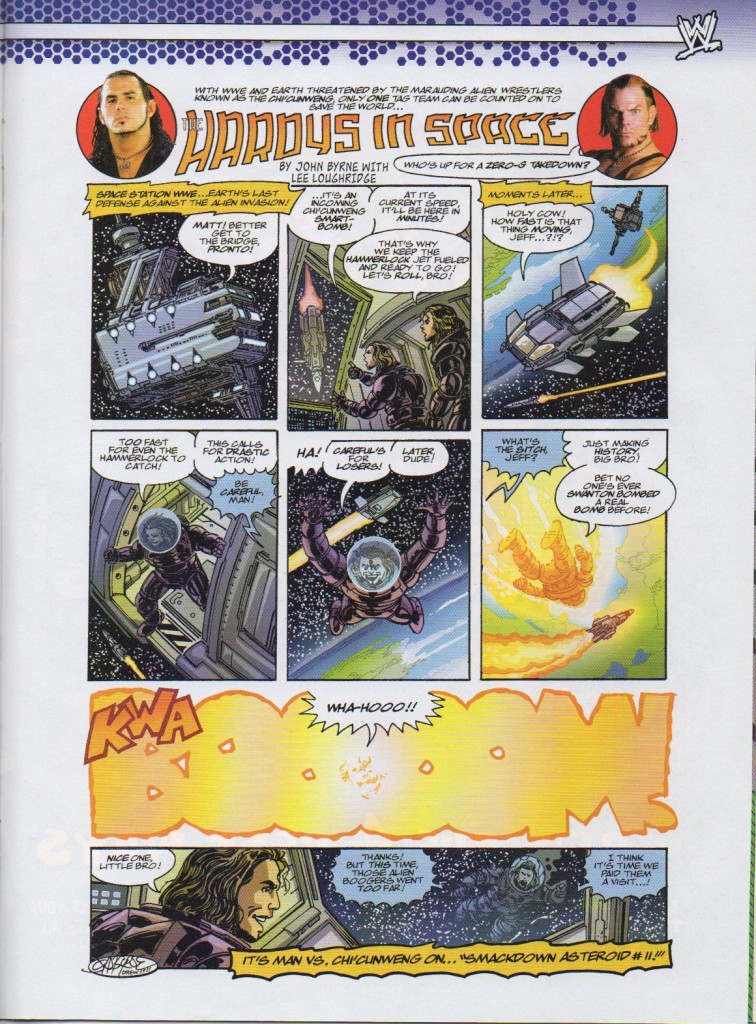
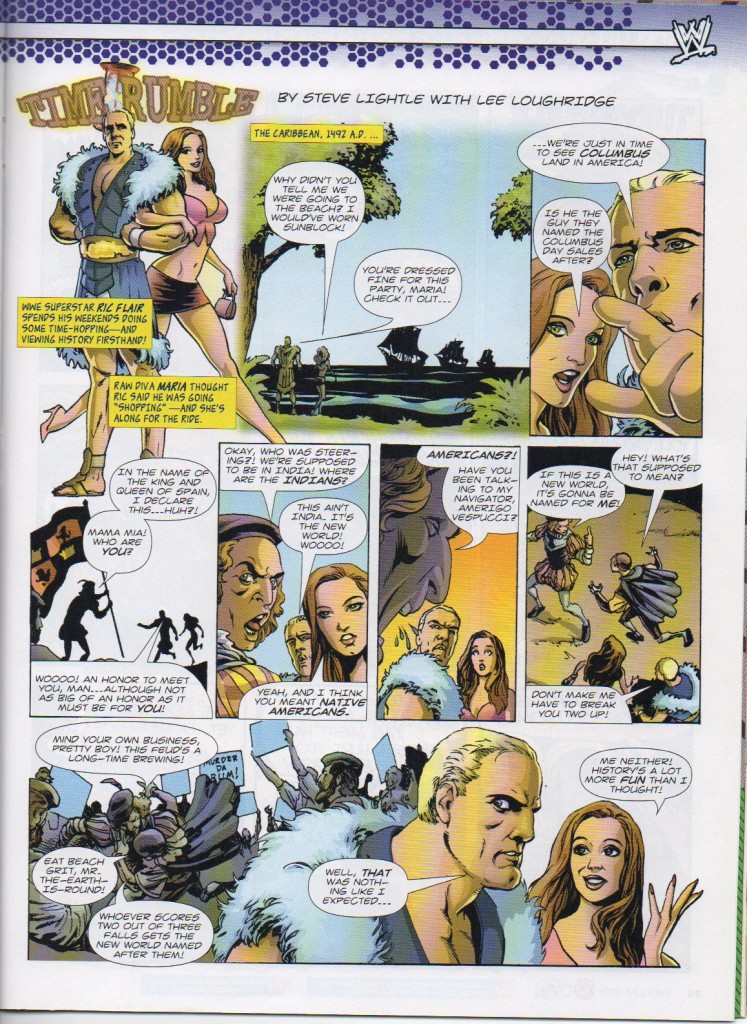
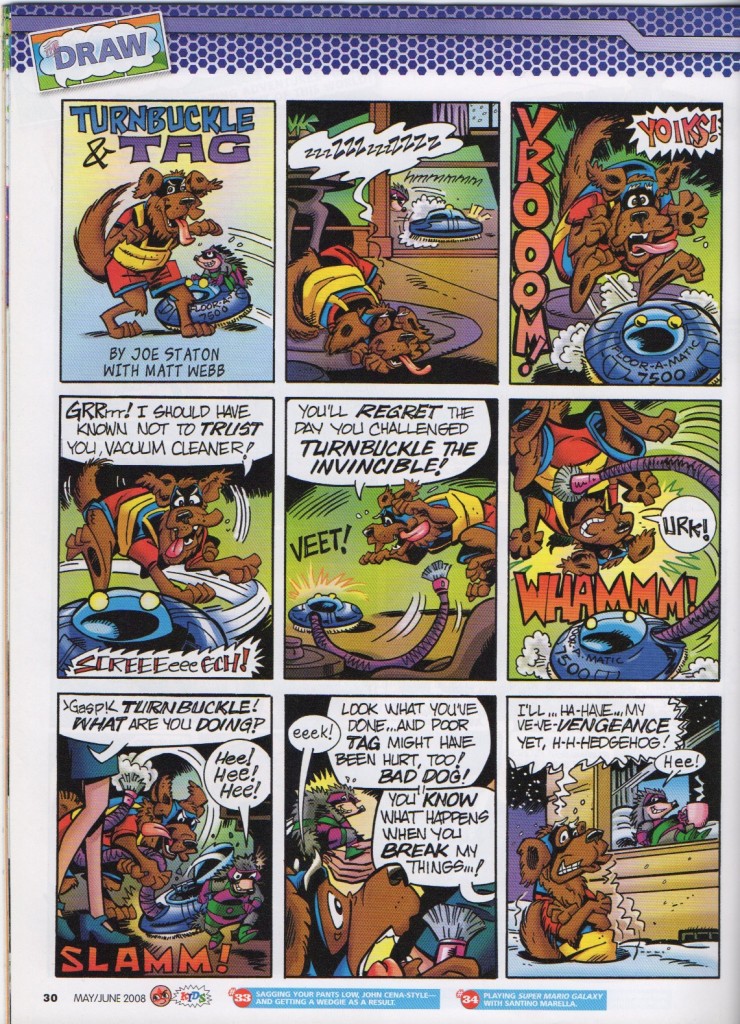
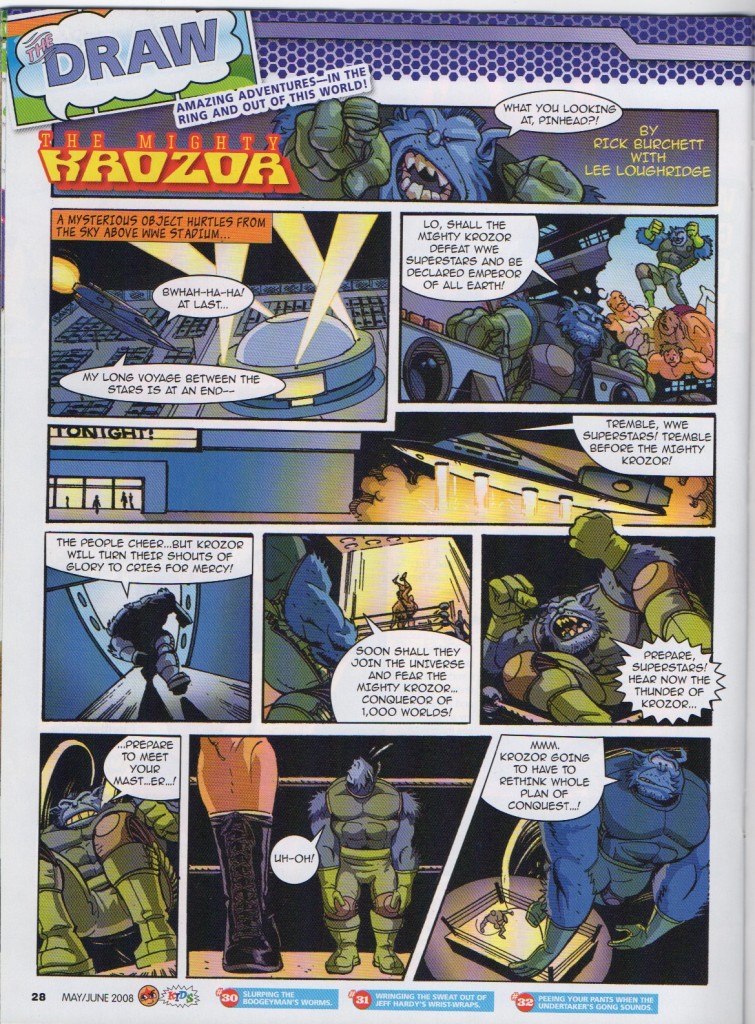
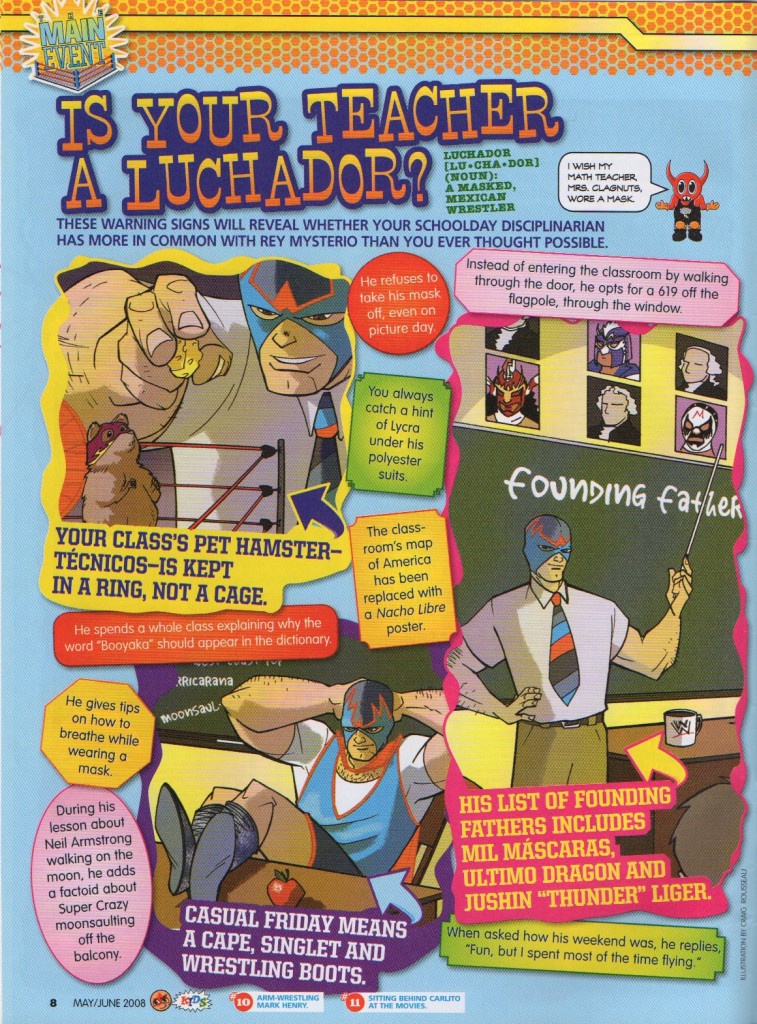
Recent Comments